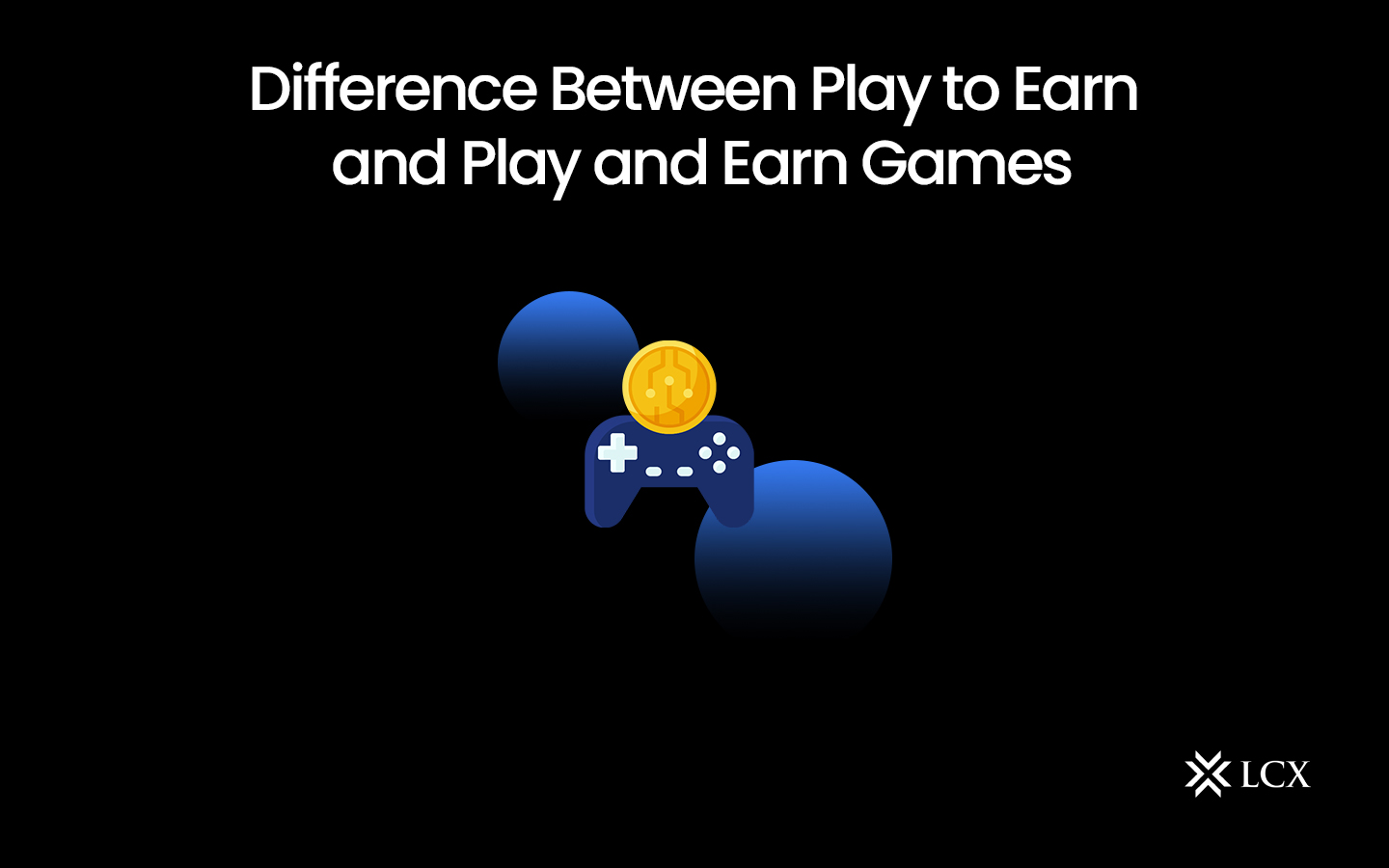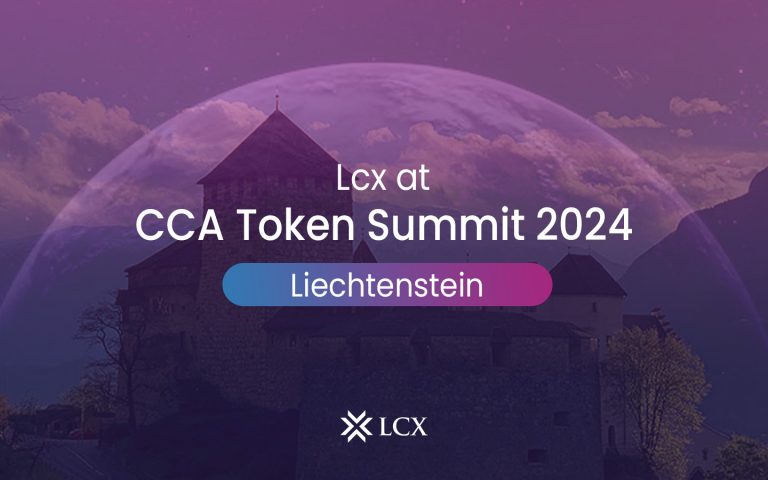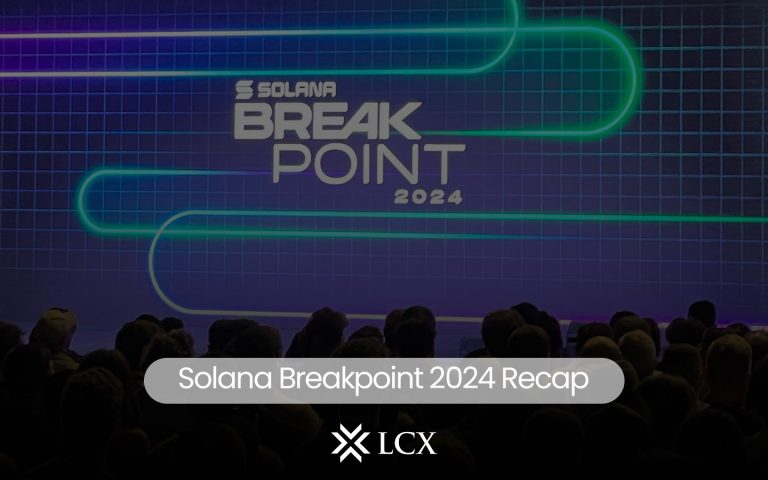The emergence of blockchain technology has ushered in a new era of global governance and financial services. This novel technology aims to revolutionize various industries, including finance, governance, and gaming. The concept of GameFi, which combines gaming and finance, leverages the vast market size of the gaming industry to introduce financial incentives to video games. It is anticipated that the Play-to-Earn (P2E) genre, which gained momentum during the 2020 pandemic, will be the most popular GameFi model.
Since its emergence, the blockchain industry has been constantly evolving, along with the sub-industries and innovations it has generated. One such sub-industry is blockchain gaming, which is also continually evolving. It began with 2D collectible games and progressed to Play-to-Earn games such as Bounty Temple. Crypto gaming is moving towards AAA gaming status, with full HD games currently in development.
Nevertheless, the transition in the crypto gaming industry has been somewhat seamless. Some individuals perceive Play-to-Earn games as having entry fees that are prohibitively expensive. Other concerns include repetitive and monotonous gameplay, which makes P2E gaming feel more like a chore than a form of entertainment. In response, blockchain gaming studios are emphasizing interactivity during the development process. This includes improving the gameplay, visuals, and narratives to the level of AAA console and PC games.
As part of the evolution of crypto gaming, there is a shift from Play-to-Earn to Play-and-Earn gaming. Play-and-Earn gaming is similar to Play-to-Earn gaming in that users can earn NFTs and in-game crypto tokens, but it focuses more on gameplay and player experience. Player earnings are viewed as an added bonus to a well-designed game.
Definition of Play-to-Earn
P2E is a unique GameFi model that gained popularity during the 2020 pandemic. With the play-to-earn model, to earn in-game tokens, players must complete missions, win battles, or create assets and experiences in games. On designated marketplaces, players could exchange the native tokens of the gaming platform for fiat currency. The notion of earning rewards that can be converted into cash while playing video games is likely an enticing concept for users. However, blockchain technology, which has introduced play-to-earn crypto rewards, has also facilitated other significant enhancements to the gaming industry. For instance, participants could possess their in-game assets and experiences. Players have complete control over the monetization and usage of their in-game assets.
The possibilities of economic incentives and profits in play-to-earn metaverse games have created significant complications. The majority of players believe that P2E games cannot provide gameplay that will entice existing gamers who enjoy engaging and complex games. The assurance of profits is the primary objective of P2E, which distracts from the gameplay experience. In fact, the majority of pay-to-play games rely on a constant influx of new users willing to invest in them. Initial investments by players are necessary for generating profits from their accomplishments. The inadequacies in the game’s economics could easily result in the devaluation of in-game items and rewards.
Definition of Play and Earn
Since P2E games have a tendency to sacrifice substance due to their primary concentration on economic benefits, the play-and-earn model emerged as an alternative. The difficulties associated with play-to-earn (P2E) metaverse games have led to the characterization of blockchain games as uninteresting. The unstimulating aspect of P2E games presents a significant impediment to their long-term adoption. The mistakes made in reward-based play-to-earn crypto games have paved the way for play-and-earn games. This novel model has been developed to shift the focus of blockchain-based gaming toward enhancing gameplay experiences.
Most gamers participate in games for entertainment rather than solely for financial incentives. Players are not always preoccupied with earning financial rewards and instead seek ways to enjoy the gameplay. The play-and-earn or play-to-own model has emerged as a noteworthy alternative to the P2E model by addressing concerns regarding game economics and dull gameplay. Furthermore, play-and-earn games eliminate barriers to entry and provide accessibility to gameplay without the expectation of rewards. The free-to-play option in blockchain-based games could accelerate the adoption of Web 3. Playing and earning games could facilitate the acquisition of rewards for simply playing the game instead of spending time pursuing goals. Additionally, play-and-earn blockchain-based games have better prospects for sustainability. Such games do not have to rely on a specific group of skilled or committed players to generate revenue.
Difference Between Play to Earn and Play and Earn Games
- Dominance in the market
The first distinction between play-to-earn games and play-and-earn games is the market dominance of play-to-earn games. Web2 players may view P2E activities as tedious. However, it is impossible to deny that the majority of games on GameFi are currently P2E titles. For instance, Bounty Temple has a robust and thriving community that grows daily. The use of reward sharing through player collaborations in the P2E model also promotes the growth of P2E games. In contrast, the play and acquire or play to own concept is a relatively new addition to the GameFi universe. Interestingly, the community of play and earn games is also expanding at a constant rate. In addition, innovative initiatives in the play-and-earn space could ensure that the ‘earn-and-play’ model dominates GameFi.
- Asset Use
Asset consumption is one of the major distinctions between play and earn and pay-to-win games. The P2E model places a greater emphasis on financial rewards and earnings, which encourages players to use their in-game assets to acquire virtual currency, which they can then use to make real-world purchases. In contrast, the engage and earn model emphasizes making money and reinvesting it in digital asset enhancements. The complete ownership and control of in-game assets allows for the creation, upgrade, and trade of crafted items. Consequently, the ‘earn and play’ model ensures that players are actively involved in the game’s development.
- Gameplay experience
The most common comparison point between play and earn and play to earn is the gameplay experience. P2E games are primarily focused on earning mechanisms. Due to the inability of the gameplay experience in P2E games to attract enthusiasts, developers rely on the economic structure as a value proposition. Play-and-earn games, on the other hand, focus on providing superior gameplay experiences that can engage players. The future of play-to-earn metaverse games will transition towards play-and-earn models, which can increase player enjoyment. Play-and-earn games are an excellent illustration of the innovative use of blockchain technology in game development. Clearly, gameplay and visuals would be the primary highlights of play and earn games. However, play-and-win games would also evolve as a result of the incorporation of narrative and new technologies into the gameplay experience.
Conclusion
Although play-to-earn has a poor reputation for its flaws, it is essential to recognize that play-to-earn established the groundwork for the movement toward a player-focused experience. Like many expanding industries, GameFi continues to learn from its errors and grow as a result. There are approximately 3 billion gamers around the globe. For NFT Games to achieve widespread adoption, the industry must tap into the unlimited potential of all gaming players. This transition towards the “play-and-earn” model movement may be precisely what the market is seeking. Play and Earn not only revolutionizes GameFi with new graphics and gameplay experiences but also emphasizes player engagement. The active participation of participants is necessary for the long-term viability of blockchain-based games. It is therefore reasonable to presume that the ‘earn and pay’ model will be the future of blockchain games.
Participate in the Bounty Temple’s $TYT Token Sale: https://exchange.lcx.com/token-sale/ongoing/27










